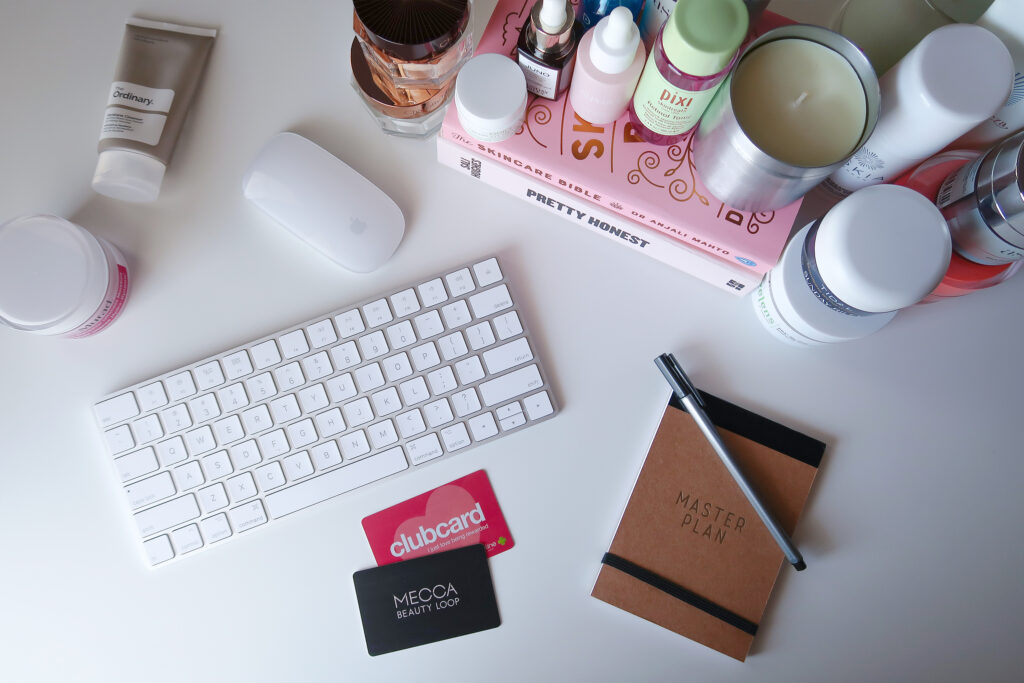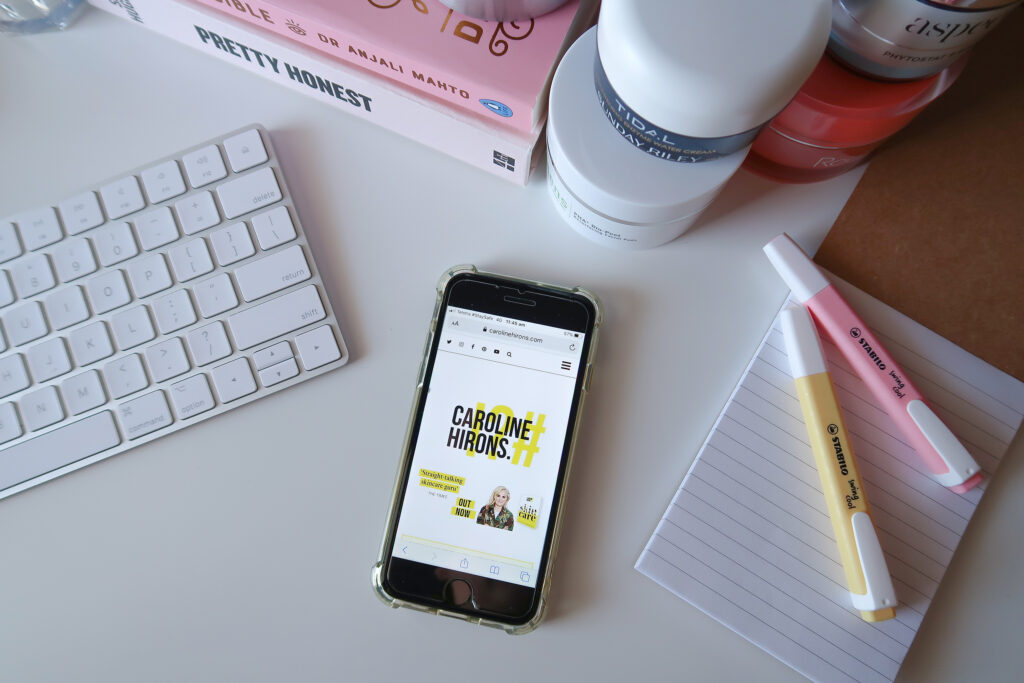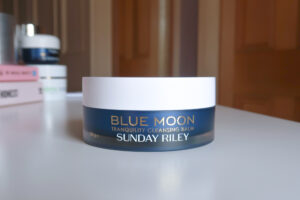8 Tips for Buying Skincare Online
As many parts of the world start to return to a more familiar ‘normal’, the idea of racing back to stores, although tempting, is still a little unnerving to me. Heading to a website to shop instead of a storefront is pretty normal for most people by now but there are certain items where you just can’t replace the ease of looking, touching, testing, swatching and trying on.
But with this year throwing in-person retail into lockdown across the globe, we have had to become a little more resourceful with how we decide which products to spend our hard-earned dollars on and so here are eight tips that make shopping for new skincare that bit easier.

- Know your ingredients. Understanding an ingredient list completely is a huge ask. Unless your day job is in product development or you have a background in chemistry, an ingredients list can be intimidating, to say the least. But there are a few facts you can arm yourself with to boost your understanding. Ingredient lists are always listed from the highest to lowest quantity. A huge proportion of products in skincare are predominately water and so when you flip a box over and start reading that is often the first ingredient listed (also referred to as Aqua or Eau). The ingredients listed last are the ones where the smallest amount has been used in the formula. If you’re not familiar with an ingredient and would like to know more about it, try Googling the name of the ingredient and the words ‘in skincare’ so you get relevant skincare responses. For example, looking up ‘ascorbic acid’ (Vitamin C) will tell you that it can help to support your immune system because that’s what a daily chewable Vitamin C tablet is said to do inside your body. However, Vitamin C in a serum applied topically to the skin can help brighten skin surface and reduce pigmentation spots. Super different results, so always research in terms of skin benefits.
- Read the ‘How To Use’ section as this often gives extra insight to texture. It’s something we often skip over; we fall into the ‘I know how to use a moisturiser…’ which sounds incredibly obvious. However, when shopping online, where you’re unable to touch the texture of the product, or feel how quickly it absorbs in, this quick written description can be invaluable. For example, a cream that suggests to ‘warm a small amount between your fingers and then press into the skin’ is likely to be a thicker, creamy, oil-based cream whereas something that advises to ‘apply liberally’ is likely going to be a thinner consistency, possibly a gel or quick-absorbing formulation.
- Read reviews from people with your skin type. Be mindful on who you get your recommendations from. I follow loads of skincare writers across Instagram, YouTube and blogs, and read reviews about new products from a wide variety of people. But the ones I really focus on, and that influence by purchasing, are the creators that have a similar skin type or like skin concerns. For example, a beauty Instagrammer with dry skin giving a new plant-seed facial oil a rave review, no matter how genuine, is probably going to have a different effect on my combo-spot prone skin.

- Take notice of the packaging. A cleanser in a glass bottle is asking for trouble if you like doing your cleansing in the shower. Likewise, a large, plastic tub of moisturiser is annoying if you travel regularly (“travelling… what’s that again?” – September 2020) so just be mindful. Online stores often have online chat functions where you can ask if the description or picture isn’t indicative enough.
- Buy small. Often products are available in smaller or travel sizes as well as regular, larger sizes. Even though buying the smaller option is usually not the economical choice, it’s better to have outlaid a smaller sum and know for sure it’s right for you than to pay for the biggest size and find out it’s a disappointing product that doesn’t work for your skin.
- Sign up for mailing lists. You know those newsletter sign-ups that pop up on websites? They really are worth signing up, and I’m not just saying that because I used to work in e-commerce. Brands and retailers use them to communicate with their customers, and often what they are saying involves words like discounts, sales, promotions, gift with purchase offers and further information about products that they can’t fit on the packaging.
- Search for discounts. Mailing lists aren’t the only way to find discounts. Big online retailers almost always have promo codes floating about so before I hit the checkout, I do two things. First, I try Honey, it’s a super quick and useful program that lives in your web browser that searches for coupons and applies them for you with just one click. If that doesn’t find anything, I try Google. Just search the name of the store and the word ‘code’, i.e. ‘Cult Beauty Code’. Sometimes I can’t find anything, but more often than not I can get an easy 10% off. It’s worth the two minutes it takes to look!
- Returns Policy. Finally, after you’ve done all your research, got answers to any questions you had, and found the right price, it’s worth checking out the return policy. Some sites offer free returns for products that have been tested out but didn’t work for you, whereas others do not. Know where you stand before you hand over your card details.
Shopping for skincare and beauty items, whether in person or online, has always been a bit of a minefield, but hopefully, with these few tips, you’re likely to get a lot more hits and far fewer misses arriving through your mailbox.


